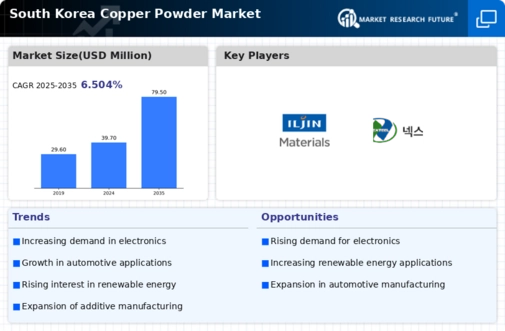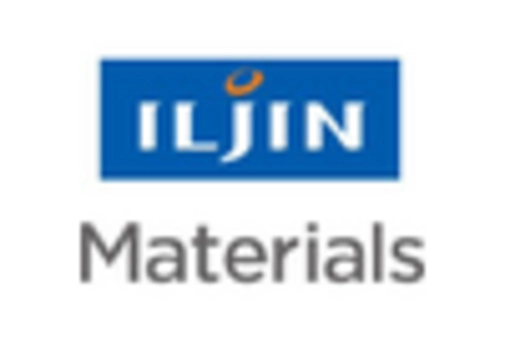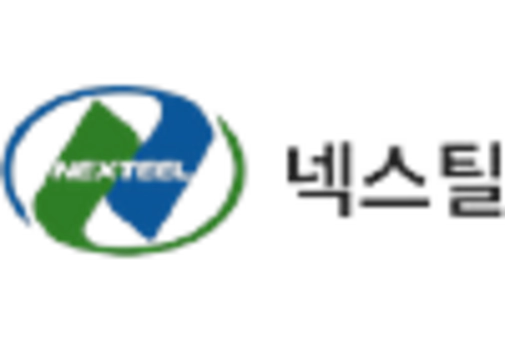The is characterized by a robust competitive landscape influenced by various factors including innovation, technological advancements, and an ever-evolving demand spectrum. The market is essential for industries such as electronics, automotive, and construction, where copper powder serves crucial roles in manufacturing processes and applications. Competitive insights within this market reveal a dynamic environment where companies strive to achieve differentiation through quality, cost-effectiveness, and logistical efficiency to cater to a diverse clientele.
The competitive strategies involve an emphasis on research and development, partnerships, and strategic alliances to enhance market positioning and sustainability in the face of increasing global competition.Korea Copper holds a significant position in the , showcasing strengths that allow it to effectively compete. This company benefits from extensive experience within the copper sector, enabling them to maintain a strong foothold in several applications. Their production capabilities ensure high-quality copper powders that meet stringent industry specifications, thus enhancing their reputation for reliability.
Additionally, Korea Copper has developed a comprehensive distribution network that bolsters its market presence across various regions within South Korea. Their commitment to innovation fosters the development of new and improved products, which further solidifies their competitive advantage and allows them to respond adeptly to the changing demands of the industry.Seoul Metal is another key player in the , recognized for its strategic approach and diverse product portfolio. The company's key offerings include a wide range of copper powder grades tailored for different uses, including conductive materials and alloy formulations.
Seoul Metal's market presence is amplified by its ongoing investments in research and development, driving continual improvement and the introduction of advanced solutions. The company has established robust supply chains and strategic partnerships, enhancing its distribution capabilities within South Korea. Furthermore, a focus on mergers and acquisitions has allowed Seoul Metal to enhance its operational capacity and expand its market reach, positioning itself as a formidable competitor in the copper powder segment. Their strengths lie not only in product quality and performance but also in the ability to adapt and innovate in response to market trends and technological advancements.













Leave a Comment